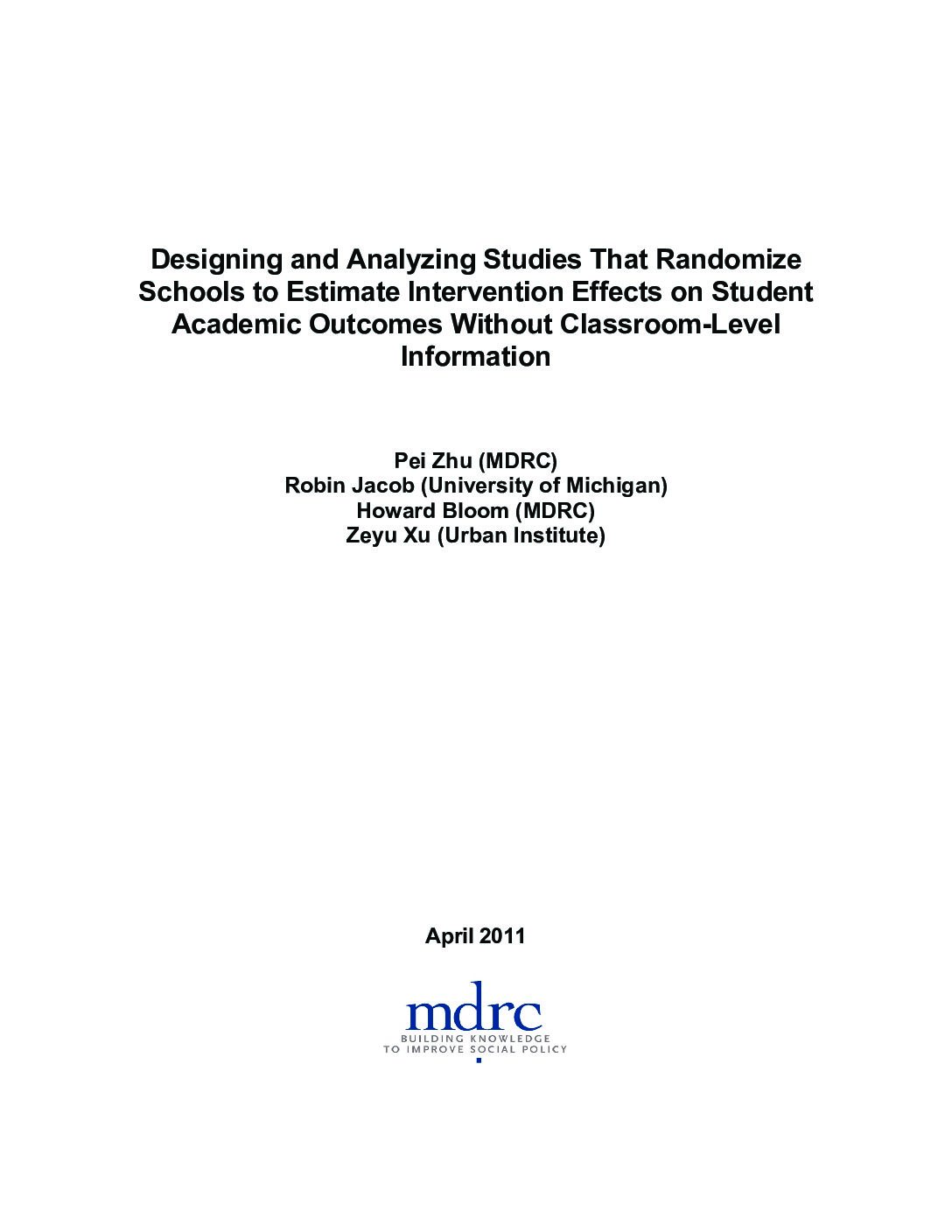One of New York City’s newest luxury apartment buildings has just started accepting applications for low-income renters who will use what some have called the “poor door”—a separate entrance from their wealthier, full-price paying neighbors. This affordable housing initiative is aimed at providing families with access to better neighborhoods and schools. In reality, however, low-income residents who win this housing lottery may be confronted with a new form of inequality.
New York City is not alone in dealing with “poor door” controversy. Across the pond in Britain, a country that has a long tradition of creating mixed-income communities, low-income residents are also reacting to these efforts. A resident of one such building in London recently told the Daily Mirror that “We know our place…They’ve made sure of that. It’s us and them. I’ve never felt poorer in my life because of the way we’re kept apart.”
As the “poor door” controversy illustrates, mixing the rich and poor sounds simple in theory, but rarely is in fact. Despite laudable goals, mixed-income neighborhoods can have very mixed results for low-income residents, as my own and others’ research shows.
The creation of economically-mixed communities has inspired hope among many housing and child advocates. However we still know relatively little about how low-income children experience these neighborhoods and communities. Prior research suggests that economically-mixed communities offer increased safety and better physical living conditions. But what does it take for a child from a low-income family to thrive and feel as though they belong in these communities? Can low-income children realize the promise of these communities from the bottom rung of the income ladder?
In a recent study, my colleagues and I tested whether low-income children would benefit from living alongside more affluent neighbors, and we were disappointed by what we found.
We analyzed data from 1,600 children in urban and suburban areas of England and Wales participating in the Environmental Risk (E-Risk) Longitudinal Twin Study. The children and their families were followed from birth to age 12. We conducted intensive home assessments, surveyed teachers and neighbors, and collected additional data including census information and parent reports. We also used Google Street View images to gauge neighborhood conditions within a half-mile radius of each child’s home.
In the end, we found that low-income boys living alongside more affluent neighbors engaged in more antisocial behavior, including lying, cheating, stealing, and fighting, than their low-income peers growing up in concentrated poverty. For low-income girls, the relative wealth of their neighbors did not appear to influence their behavior.
Why might growing up in the “shadow of wealth” lead to worse outcomes among low-income boys?
Many ask whether our findings in Britain would generalize to low-income children and to other outcomes, such as education, in the United States. Unfortunately, we think they may. Robert Crosnoe recently tested how thousands of low-income children across the United States fared when they attended schools with students with similar versus different socioeconomic status. He found that low-income students did worse in math and science, and also reported more psychosocial problems, when they attended schools that had higher proportion of students from middle- and high-income families. Low-income minority children were the most negatively affected in this study.
Of course, without an experimental study, it is impossible to say that exposure to more affluent neighbors or peers caused low-income children to do worse in these settings. The Moving to Opportunity (MTO) Study tried to overcome this problem by randomly assigning housing vouchers to move families out of high poverty neighborhoods.
Unfortunately, the long-term evaluation of this experiment tells a similar story to ours. That is, ten to fifteen years on, the boys in the study whose families were offered the housing vouchers were suffering from higher rates of mental health problems and engaging in more antisocial behavior. In contrast, the MTO intervention appeared to reduce both depression and conduct disorder among girls. Although the design and implementation of this study have been questioned, the findings, nonetheless, raise the possibility that low-income boys may incur unintended costs in the “move to opportunity”.
Why might growing up in the “shadow of wealth” lead to worse outcomes among low-income boys? One possibility is that mixed-income communities provide greater opportunities for crime, as high-value targets are more visible. However, a more widely held theory is that individuals who occupy lower positions in a community suffer due to unfavorable upward social comparisons and, often, discrimination in how they are judged and treated. The story for girls has been more complicated, with some evidence that reductions in neighborhood poverty lead to reduced fear of violence and improved mental health. Whereas other research finds no or smaller effects of neighborhoods on girls versus boys, perhaps because girls are more closely monitored by their parents in these communities.
These findings do not mean that economically-mixed neighborhoods are a bad thing for boys, or that the rich and poor should live apart. Economically-mixed communities may be rightfully viewed as a socially just remedy to growing inequalities. However, these results do remind us of the need to check our hopeful assumptions against objective data. They also suggest that additional supports may be needed for low-income children to thrive in these settings. We know that growing up in poverty is toxic for children; but entering through the “poor door” may also exact a toll.




